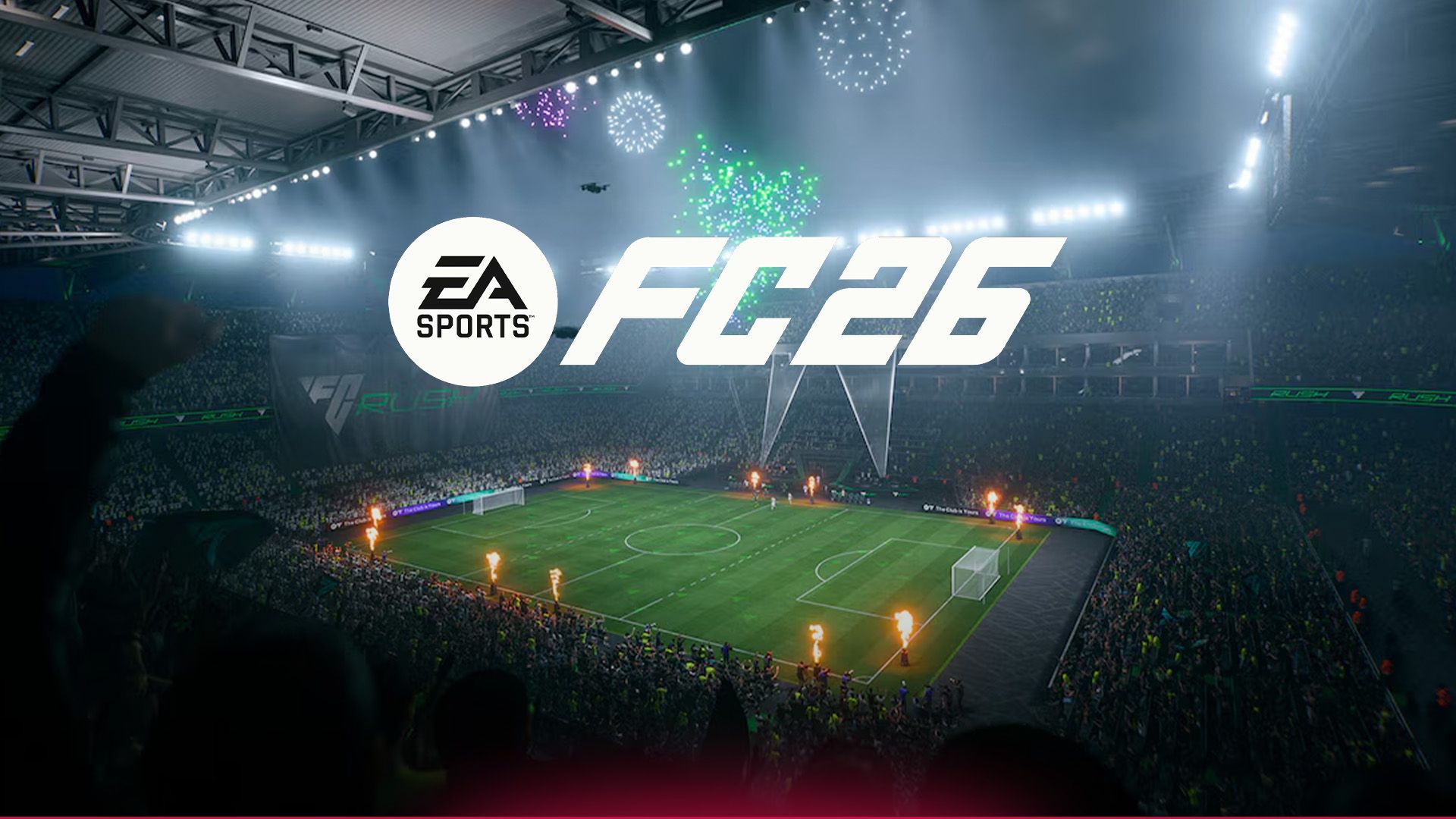The Best PC Settings for EA Sports FC 26
EA Sports FC 26 has been released and brings numerous new options to individually adjust graphics and performance. Players who want to make full use of their system should know the right settings. This article summarizes the key points based on the chapters of the original guide.
Basic optimizations in Windows
Before opening the in-game settings it is worth taking a look at the operating system. In the Windows power options it is recommended to set the power plan to “High performance.” This ensures that all resources are fully available. It is equally important to activate game mode. While this usually provides only small optimizations it ensures that Windows runs in a gaming-optimized state. A third step is to keep an eye on the Task Manager. There you can monitor CPU and GPU usage as well as temperatures. This makes it easy to see if individual components are reaching their limits.
Graphics settings in the game
In-game graphics settings are the foundation for a balanced relationship between image quality and performance. It is not necessary to set all options to “Ultra.” “High” or even “Medium” usually already delivers very good results. Motion blur should be disabled as it makes the image less clear and consumes performance. Ray tracing is best avoided because it heavily impacts performance without providing gameplay benefits. The same goes for Ambient Occlusion which can be lowered to save additional resources.
A particularly important option is render quality. Values between 88 and 115 percent provide a good compromise. Increasing it slightly produces a sharper image but comes at the cost of performance. Reducing it results in a slightly blurred picture but significantly lowers CPU and GPU load. Another option is dynamic resolution scaling which automatically adjusts resolution when frame rates drop below a set threshold. This keeps the game smooth even if the image becomes temporarily less sharp.
Display options in the game
The choice of display mode can have a major impact on stability. Borderless windowed mode is especially recommended. It allows quick switching to other programs and often provides smoother performance. The refresh rate should initially be set to unlimited while capping is handled later in the GPU driver. V-Sync should generally remain disabled. Only if stuttering persists after adjustments should it be tested. For cutscenes it is advisable to unlock the full frame rate to avoid interruptions.
Keeping latency and frame rate in check
A key goal of all adjustments is to reduce latency. This refers to the time between a controller or keyboard input and its execution in the game. Good values are between two and four milliseconds. What matters is not chasing maximum FPS but maintaining consistency. A stable frame rate is more valuable than fluctuating peaks.
Fine-tuning in the Nvidia Control Panel
Players with an Nvidia graphics card can make additional improvements in the Control Panel. The preferred refresh rate should be set to “Highest available” while the power management mode should be set to maximum performance. Frame rate can then be capped just below the monitor’s refresh rate. This ensures consistent frame rates and prevents constant fluctuations. For monitors that support G-Sync it is worth enabling the feature. The low latency mode can also be tested. In some cases it reduces response time although it requires restarting the game.
Practical approach
The interplay of CPU usage, GPU usage, FPS and latency ultimately determines the quality of the experience. Ideally processor and graphics card should remain below 95 percent usage. This prevents the hardware from constantly running at its limit. It is also advisable to define a target frame rate and maintain it consistently. Many systems perform best between 140 and 170 frames per second. Using the Nvidia overlay the relevant values can be displayed in-game which makes fine-tuning much easier.
Conclusion
EA Sports FC 26 offers significantly more options for individual customization with its new settings. The challenge lies in finding the right balance between visuals, stable frame rates and low latency. Ultra graphics and maximum FPS are not necessary as long as the gameplay remains smooth and responsive. With thoughtful adjustments you can reduce system strain, save power and enjoy the game at its best.
